# Import the libraries we need for this lab
import torch
import torch.nn as nn
from torch import sigmoid
import matplotlib.pylab as plt
import numpy as np
torch.manual_seed(0)<torch._C.Generator at 0x7c4f98773170>Juma Shafara
August 9, 2024
Training Two Parameter, Mini-Batch Gradient Decent, Training Two Parameter Mini-Batch Gradient Decent

In this lab, you will use a single-layer neural network to classify non linearly seprable data in 1-Ddatabase.
Estimated Time Needed: 25 min
Before we continue, I have a humble request, to be among the first to hear about future updates of the course materials, simply enter your email below, follow us on (formally Twitter), or subscribe to our YouTube channel.
We’ll need the following libraries
# Import the libraries we need for this lab
import torch
import torch.nn as nn
from torch import sigmoid
import matplotlib.pylab as plt
import numpy as np
torch.manual_seed(0)<torch._C.Generator at 0x7c4f98773170>Used for plotting the model
Define the activations and the output of the first linear layer as an attribute. Note that this is not good practice.
# Define the class Net
class Net(nn.Module):
# Constructor
def __init__(self, D_in, H, D_out):
super(Net, self).__init__()
# hidden layer
self.linear1 = nn.Linear(D_in, H)
self.linear2 = nn.Linear(H, D_out)
# Define the first linear layer as an attribute, this is not good practice
self.a1 = None
self.l1 = None
self.l2=None
# Prediction
def forward(self, x):
self.l1 = self.linear1(x)
self.a1 = sigmoid(self.l1)
self.l2=self.linear2(self.a1)
yhat = sigmoid(self.linear2(self.a1))
return yhatDefine the training function:
# Define the training function
def train(Y, X, model, optimizer, criterion, epochs=1000):
cost = []
total=0
for epoch in range(epochs):
total=0
for y, x in zip(Y, X):
yhat = model(x)
loss = criterion(yhat, y)
loss.backward()
optimizer.step()
optimizer.zero_grad()
#cumulative loss
total+=loss.item()
cost.append(total)
if epoch % 300 == 0:
PlotStuff(X, Y, model, epoch, leg=True)
plt.show()
model(X)
plt.scatter(model.a1.detach().numpy()[:, 0], model.a1.detach().numpy()[:, 1], c=Y.numpy().reshape(-1))
plt.title('activations')
plt.show()
return costCreate the Cross-Entropy loss function:
Define the Neural Network, Optimizer, and Train the Model:
# Train the model
# size of input
D_in = 1
# size of hidden layer
H = 2
# number of outputs
D_out = 1
# learning rate
learning_rate = 0.1
# create the model
model = Net(D_in, H, D_out)
#optimizer
optimizer = torch.optim.SGD(model.parameters(), lr=learning_rate)
#train the model usein
cost_cross = train(Y, X, model, optimizer, criterion_cross, epochs=1000)
#plot the loss
plt.plot(cost_cross)
plt.xlabel('epoch')
plt.title('cross entropy loss')

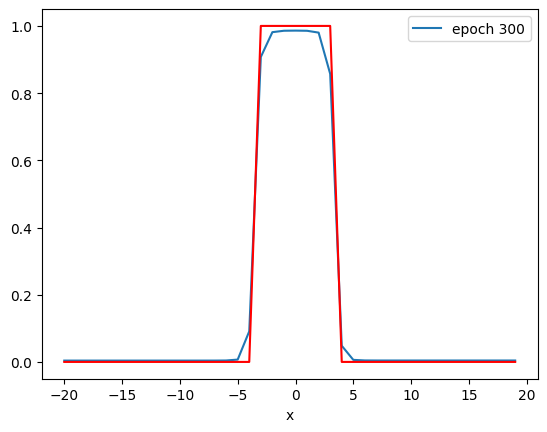
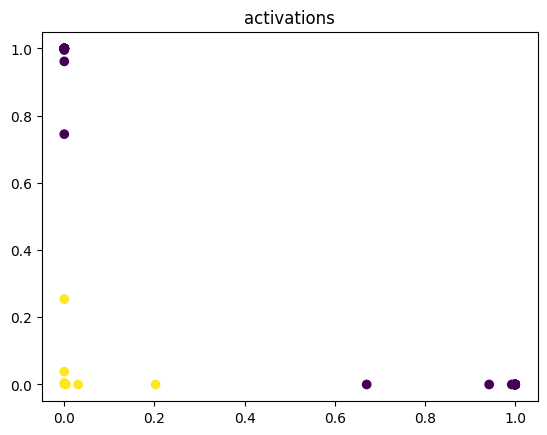
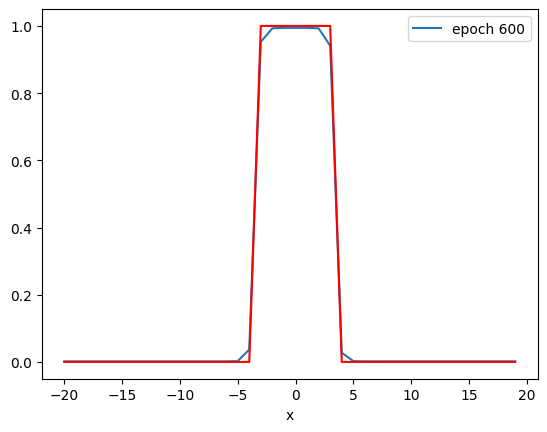
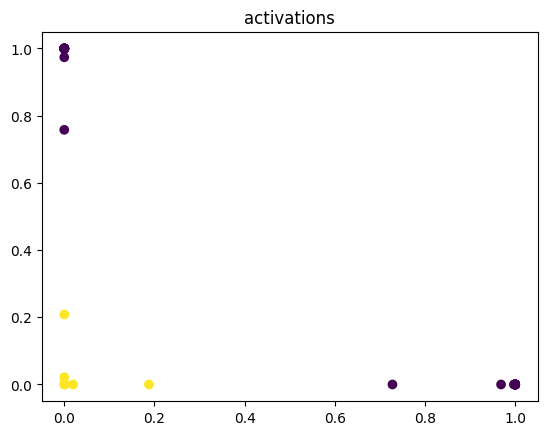
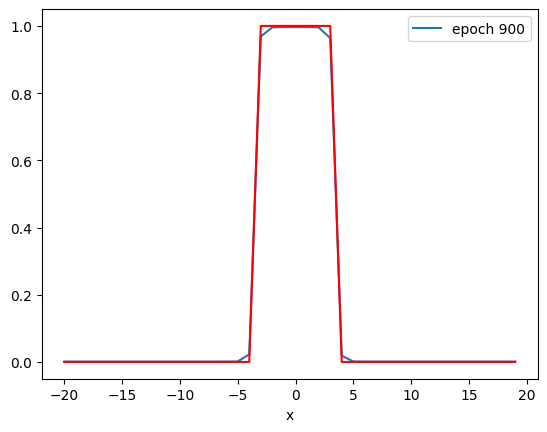
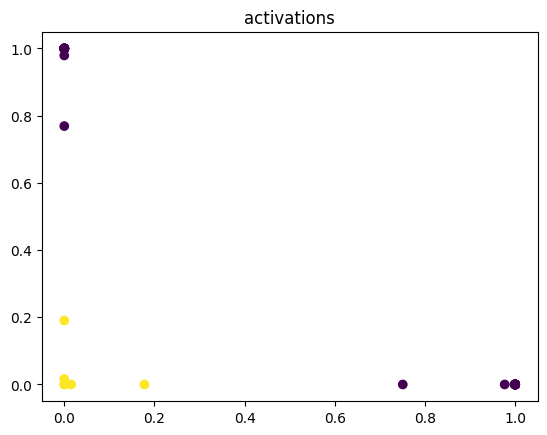
Text(0.5, 1.0, 'cross entropy loss')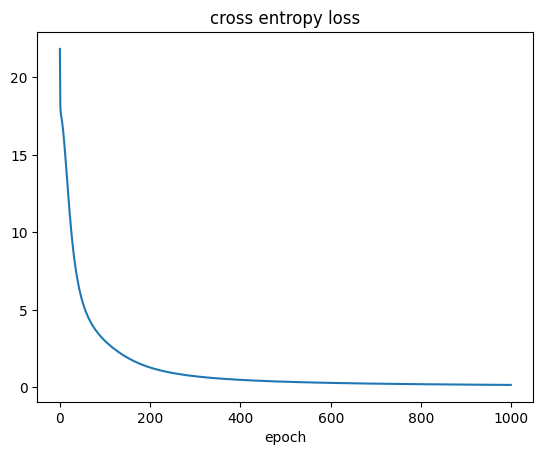
By examining the output of the activation, you see by the 600th epoch that the data has been mapped to a linearly separable space.
we can make a prediction for a arbitrary one tensors
we can make a prediction for some arbitrary one tensors
we can threshold the predication
Repeat the previous steps above by using the MSE cost or total loss:
Double-click here for the solution.
Hi, My name is Juma Shafara. Am a Data Scientist and Instructor at DATAIDEA. I have taught hundreds of peope Programming, Data Analysis and Machine Learning.
I also enjoy developing innovative algorithms and models that can drive insights and value.
I regularly share some content that I find useful throughout my learning/teaching journey to simplify concepts in Machine Learning, Mathematics, Programming, and related topics on my website jumashafara.dataidea.org.
Besides these technical stuff, I enjoy watching soccer, movies and reading mystery books.